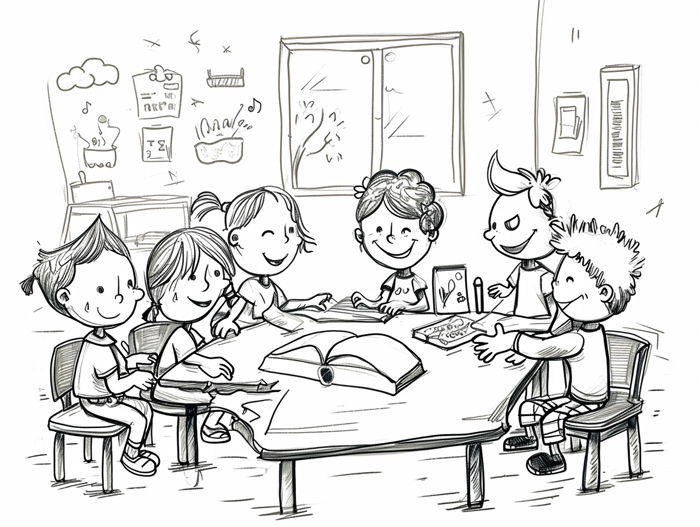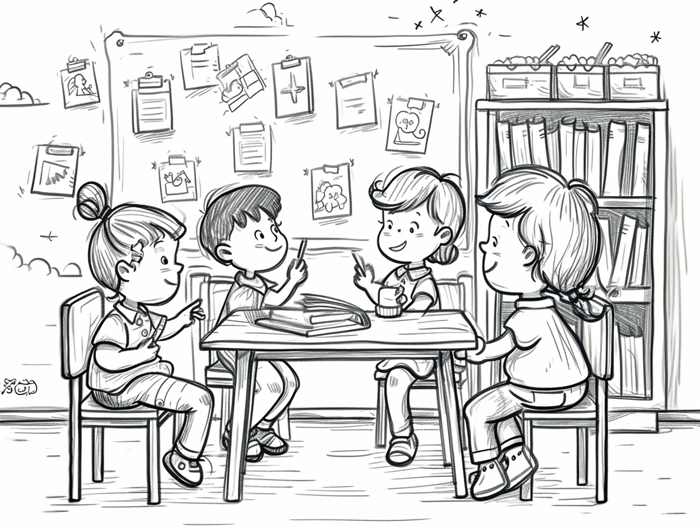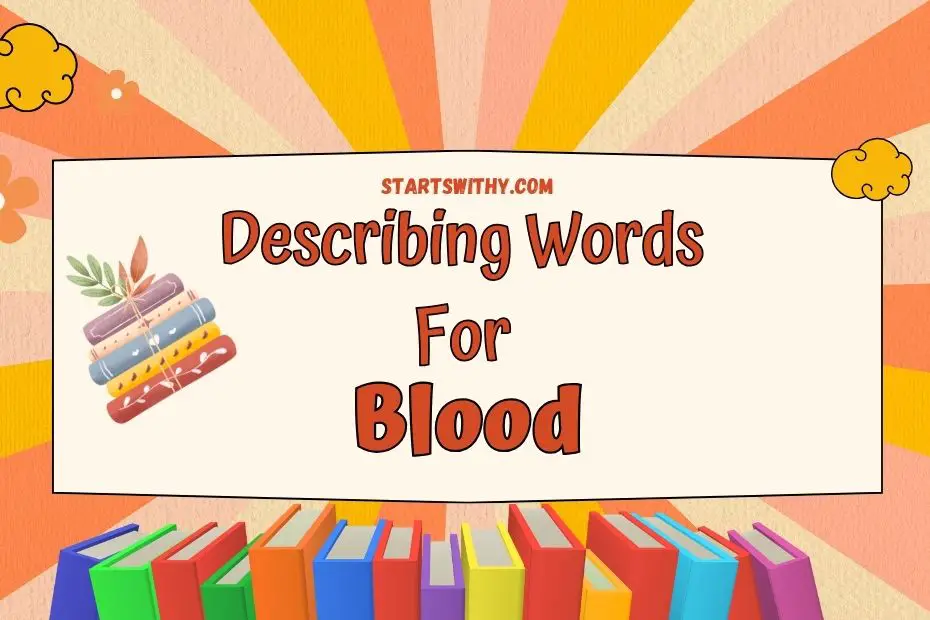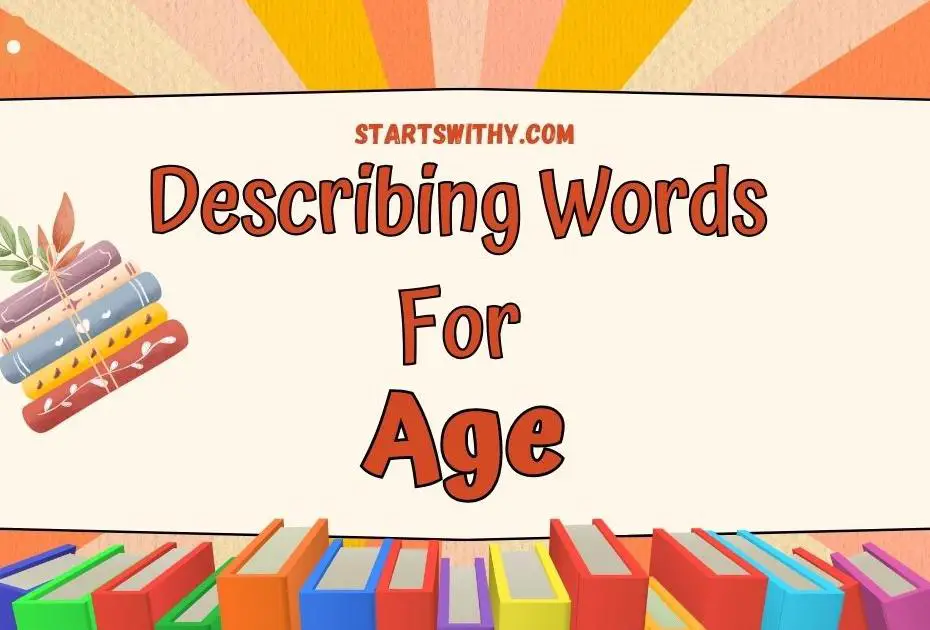Adjectives are the spice of language, giving flavor to the nouns they describe. When it comes to English, the “-ly” suffix is often associated with adverbs, but don’t be fooled—there’s a delightful array of adjectives that also sport this ending. I’m here to guide you through the lovely world of “-ly” adjectives and how they can add a unique zest to your sentences.
Understanding these “lovely ly” modifiers is key to mastering the art of description. They’re not just for poetry or prose; they can transform even the most mundane of sentences into something special. Let’s dive into the nuances of these adjectives and discover how they can enhance your communication in unexpected ways.
The Versatile World of “-ly” Adjectives
Adjectives with an “-ly” ending often get overshadowed by their adverb siblings. Yet, they carry their unique charm and function in the English language. These modifiers are not about describing how something is done, which is the adverb’s claim to fame, but they center on describing the characteristics of nouns. When we think of “-ly” adjectives, words like ‘friendly’ and ‘silly’ might spring to mind. They’re simple yet vivid descriptors that we use to paint a clearer picture in our communication.

Breaking down the specifics behind these words, ‘lovely’ is more than a term of endearment; it can signify beauty and appeal in a subject. The key here is that ‘lovely’ is subject-dependent, meaning its power lies in its ability to describe a noun directly. The same concept applies to terms like ‘lonely’ which evoke a state of solitude or isolation. Understanding these subtleties is crucial for educators looking to expand young learners’ vocabularies in a way that molds them into descriptive and articulate communicators.
Here’s an example of how “-ly” adjectives might brighten up a classroom discussion:
- “The friendly dog wagged its tail.”
- “She wore a lovely ribbon in her hair.”
These instances show “-ly” adjectives in action; they give us insights into the qualities of the dog and the ribbon, not how the dog wags its tail or how the ribbon is worn.
As I delve deeper, it’s fascinating to see how these adjectives serve as a bridge between the concrete and the abstract. ‘Ghastly’ evokes a sense of horror and shock, creating an instant emotional response to whatever it’s describing, be it a scene, a feeling, or even a story. This is the power of language — it can stir emotions and provoke thought with just a simple twist in vocabulary.
Helping children understand the usage of “-ly” adjectives is like providing them with a toolbox; they can pull out the perfect tool — or in this case, word — to accurately depict their thoughts and observations. It’s a foundational skill that enriches their expression, and it’s my aim to offer preschool and kindergarten teachers a grasp on these linguistic nuances to empower their students’ language journey.
The Power of “-ly” Adjectives in Descriptive Writing
When I’m crafting stories or descriptive pieces, the inclusion of “-ly” adjectives adds a layer of depth that truly captivates the reader’s senses. These modifiers aren’t merely ornamental; they perform a critical job in painting vivid pictures within the reader’s mind. Take “friendly” for instance. It’s more than just an abstract quality – it infuses the noun with warmth and approachability, crafting characters that readers feel they could befriend themselves.
In my experience working with young learners, I’ve found that integrating “-ly” adjectives into vocabulary lessons can be an exciting way for students to explore the world around them. By describing a pet as “lively” or a day as “gloomy,” children not only learn new words but also how to perceive and convey the nuances of emotion and sensation. It’s not just about expansion of vocabulary; it’s about teaching them to observe and articulate their experiences with greater precision.

Furthermore, using “-ly” adjectives in descriptive writing can aid educators in bridging the gap between dry, factual reporting and storytelling that sparkles with life. Words like “stately” can transform a simple house into an edifice that commands respect, while “gracefully” can elevate a basic movement into a ballet of elegance. These adjectives encourage children to appreciate the aesthetics and symphonies of language.
In my lesson plans, I’ve seen the joy that children experience when they successfully use “-ly” adjectives to share their stories. Encouraging them to use these words in their writing prompts, I’ve witnessed an expansion in their imaginative expression. They start to connect more deeply with their tales, weaving a tapestry that invites their classmates into the worlds they create.
As I continue exploring the nuances of “-ly” adjectives, I remain committed to honing my methods of implementing them into language arts curricula. They are, without a doubt, a key ingredient in the elixir of eloquent and expressive writing.
Exploring the Nuances of “-ly” Adjectives
In my years as an educator, I’ve come to appreciate the subtleties that “-ly” adjectives inject into our language. These modifiers are not merely embellishments; they’re tools that shape the way we comprehend and engage with the world. Even in early education settings, the introduction of these words has a transformative effect on language acquisition.
Here’s a brief walkthrough of what I’ve observed:
- Enhanced Vocabulary Development: By incorporating “-ly” adjectives, children expand their vocabulary exponentially. These words serve as a springboard into a pool of richer, more complex language, preparing kids for future literacy challenges.
- Cognitive Growth: “-ly” adjectives demand a higher level of cognitive engagement. Children must ponder over their choices, considering not just the object but how the object interacts with their senses or emotions.
A typical scenario I encounter involves a storytelling session: a child describes their favorite character from a book. When guided to use “-ly” adjectives, the character leaps from the page in full color. The child doesn’t say the character is ‘happy’; instead, the character smiles ‘joyfully,’ imparting a deeper layer to the emotional state being discussed.
In lesson plans, I weave in activities tailored toward these adjectives. Matching games where children pair an “-ly” modifier with a base adjective not only reinforce understanding but also promote a fun learning atmosphere.
Contextual Learning is key. I find that children grasp the application of “-ly” adjectives more fully when framed within familiar scenarios. Take the word ‘softly,’ for instance. I might ask children when they might need to speak softly or touch something softly, relating the term to actions they perform on a daily basis. This approach anchors the language in their everyday experiences, enhancing retention.
A table showing Frequently Used -ly Adjectives in our classroom offers a quick reference point:
| Base Adjective | -ly Adjective |
|---|---|
| Happy | Happily |
| Soft | Softly |
| Quick | Quickly |
| Loud | Loudly |
I believe in fostering an environment where children feel confident experimenting with language. That’s why feedback is offered celebratorily, focusing on their efforts and creativity. Through these methods, young learners not only memorize these words but also start understanding the inherent flexibility and power that language holds.
Unleashing the Charm of “-ly” Adjectives in Everyday Communication
When I incorporate “-ly” adjectives into conversations with children, I notice a spark of understanding in their eyes. These modifiers are more than just advanced vocabulary; they’re an invitation to engage with language on a deeper level. I’ve found that, by using “-ly” adjectives, I’m able to convey nuances and foster a richer dialogue.
Take the phrase “run fast.” When I tell my young learners to “run quickly,” there’s a subtle, yet meaningful enhancement. The notion of speed is suddenly more vivid and alive, encouraging them to not only act but to think actively about their actions. During storytelling sessions, expressions like “whisper softly” or “listen intently” don’t just tell a tale, they invite the listener into the scene. Suddenly, the storyteller isn’t just speaking; they’re painting a picture with their words.
My strategies to teach “-ly” adjectives include:
- Word pairing activities: Children match base adjectives with their “-ly” counterparts, like “happy” with “happily.”
- Role-play exercises: Kids act out scenarios using “-ly” adjectives to express the characters’ actions more descriptively.
- I always encourage self-expression with these modifiers. When a child uses an “-ly” adjective during a casual conversation or in their writing, I make it a point to acknowledge and praise their effort. This reinforcement ensures that they’re aware of the effect these words have on their communication and keeps them motivated to explore more.
Unlocking the full potential of our language with young students is a rewarding experience. As an educator, I aim to create a space where linguistic creativity is nurtured, and “-ly” adjectives are certainly a big part of that environment. By continuously introducing these modifiers in various contexts, children not only build their vocabularies but also develop cognitive skills such as abstract thinking and metacognition. They learn to discern subtle differences in meaning and use them in constructing sentences that reflect a deepened understanding of their experiences and emotions.
Conclusion
I’ve seen firsthand how “-ly” adjectives can open up a world of expression for young minds. They’re not just words; they’re tools that enable kids to paint with language, bringing their narratives to life. My commitment to nurturing this aspect of language development is unwavering, as I’ve witnessed the cognitive leaps and bounds it fosters. Through engaging activities and thoughtful guidance, I’ll continue to champion the use of these vivid descriptors. They’re a cornerstone in helping children articulate their thoughts and emotions, ensuring they’re equipped with a rich linguistic palette for their journey through learning and beyond.



